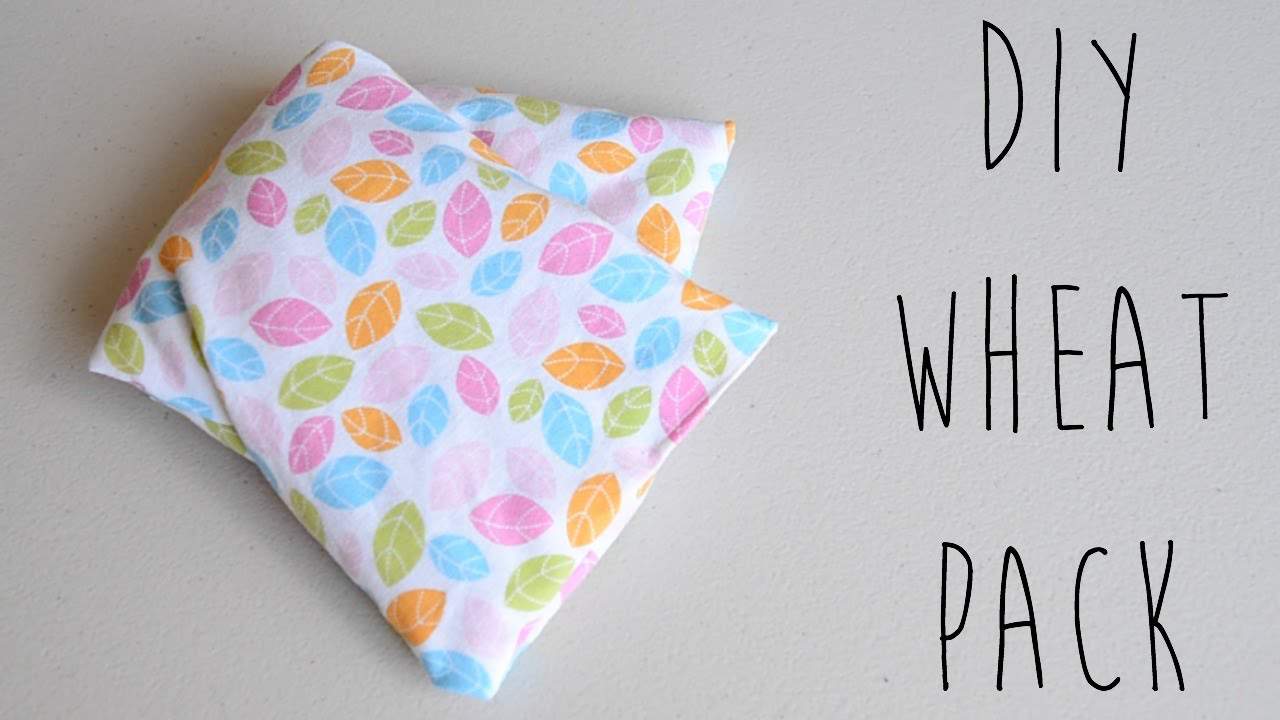Cozy Up with Homemade Heat Packs: A Step-by-Step Guide for Parents
Hello, dear parents! Are you looking for a fun and functional craft to do with your family? Or perhaps you need a little bit of soothing comfort after a long day? Look no further! In this cheerful guide, I’ll walk you through the super simple process of making your very own heat packs. These little bundles of joy are perfect for easing those minor aches, warming cold hands, or just providing a snug sensation on a chilly evening.
Heat packs, also known as heating pads or warm compresses, are absolutely fabulous for relaxation and can even help with pain relief. Plus, did you know that making heat packs can be an exciting family activity too? That’s right! You can bond over fabric choices, picking out the perfect scent, and even teaching the older kids some basic sewing skills. It’s an all-around win!
Gather Your Materials
Before we dive into the nitty-gritty of heat pack creation, let’s make sure you have all your materials on hand. Here’s what you’ll need:
- Fabric: Opt for natural fibers like cotton, flannel, or linen. These materials are not only skin-friendly but also excellent at retaining heat.
- Filler: You can go for rice, wheat, flaxseed, or even dried corn. Each has its own unique ‘feel’, so choose what sounds most comforting to you.
- Thread: A sturdy cotton thread will do just wonderfully.
- Sewing supplies: A sewing machine is handy, but good old needle and thread will certainly get the job done.
- Scissors: To cut your fabric to the perfect size.
- Funnel or spoon: This will make filling your heat pack so much easier.
- Essential oils (optional): For that extra sensory delight, consider lavender or eucalyptus for a calming effect.
Choosing the Right Fabric and Filler
Now, the choice of fabric and filler is not just about aesthetics; it’s about functionality and safety too! When it comes to fabric, think snug and breathable. Cotton is always a great choice due to its breathability and comfort against the skin. As for the filler, each type has its merits:
- Rice: It’s inexpensive and has a lovely weight to it, which many find comforting.
- Wheat: It holds heat well and provides a soft, flexible pack.
- Flaxseed: It retains heat excellently and gives a smooth, almost velvety feel.
- Dried corn: A great option for those who prefer a little more heft to their heat packs.
Remember, safety first! Whichever filler you choose, ensure it’s all-natural and free from any metal or plastic bits that could pose a fire hazard when heated.
Designing Your Heat Pack
Having fun with your heat pack design is part of what makes DIY so delightful. After all, these heat packs are set to become part of your family’s comfort toolkit, so giving them a personal touch is always nice. Think about what patterns or colors would make you smile, and go for it! You can even involve the kids by letting them draw designs or pick out fabric at the store. This step is all about personal expression and joy.
Alrighty, now that we’ve got all the preliminaries out of the way, let’s roll up our sleeves and get into the heartwarming business of making your DIY heat packs. Warmth, comfort, and a dash of creativity are just around the corner!
Stay tuned for the next section where we’ll show you, stitch by stitch, how to assemble your cozy creation. Whether you’re a pro with the sewing machine or just trying out some hand-sewing, I’ve got plenty of tips to get you through. We’ll also cover how to safely heat your new pack and discuss some of the best places to apply the warmth for maximum coziness and relief. Can you feel the warmth already? I sure can!
Let’s get crafting and make those snug, soothing heat packs that will become cherished companions during those wintery nights or when a little bit of tender care is in order. Keep that smile on your face and that warmth in your heart – we’ll be right back with more!

5 Things Parents Should Know Before Making Heat Packs
Before diving into the creative process of making your own heat packs, there are a few key points to bear in mind. Being prepared and informed will ensure that your DIY project is not only enjoyable but also safe and effective. Here are five essential things to consider:
1. Safety is Paramount
When selecting materials, think about safety. Fabric should not have synthetic fibers, as these can melt or burn easily when heated. With fillers, avoid anything that might catch fire or have an unpleasant reaction to heat, like certain plastics or grains that have been treated with additives. Also, keep an eye on the heat packs when you microwave them and never overheat them to avoid any mishaps.
2. Watch the Weight
The amount of filler you use will determine how heavy your heat pack is. While a bit of weight can feel comforting, too much might be uncomfortable, especially for children. Find a balance that works well for whoever is going to use the heat pack. This may mean creating smaller or lighter packs for the younger family members.
3. Sewing Should Be Secure
If you’re new to sewing, take your time to ensure that stitches are tight and secure to prevent any spillage of the filler. The last thing you want is rice or flaxseed making an escape during a relaxation session! If sewing isn’t your strong-suit, there are no-sew options involving clean socks or even hand stitching that can be just as effective.
4. Consider Washability
Since heat packs can’t be thrown into the washing machine due to their contents, think about making a removable cover that can be easily washed. This is especially handy for packs that might be used frequently or by children. A clean, fresh heat pack is much more comforting and hygienic.
5. Customization is Key
Your heat pack doesn’t have to be a standard square or rectangle. You can make them in different shapes and sizes to target different areas of the body—like a long, skinny one for the neck, or a smaller one for the wrist. The beauty of DIY is that you can tailor each heat pack to its intended use and the preferences of your family members.
Assembling Your Heat Pack
Now it’s time to put all your materials together and create your heat pack! Cut your fabric to the desired size, leaving a little extra for seam allowance. Fold it with the right sides facing each other and sew around the edges, leaving an opening for the filler. Then, turn the fabric right side out, fill it with your chosen material using a funnel or spoon, and sew the opening closed. If you’re adding a drop or two of essential oil, make sure to mix it with the filler before adding it to the fabric.
Heating and Using Your Heat Pack
When it comes to heating your pack, microwaving is generally the easiest method. Start with 1-minute increments and check the heat level before adding more time. Shake the pack to distribute the heat evenly. Place it on sore muscles, achy joints, or just use it to warm up on a cold day. Remember, never leave a heat pack unattended while heating and always check the temperature before applying it to sensitive skin, especially for children.
These homemade heat packs are not only practical but can also be a symbol of warmth and care within your family. Crafting together and enjoying the comfort of your handmade creation can provide a sense of accomplishment, sentimental value, and of course, a cozy way to unwind.
So there you have it—a full guide to making your own heat packs at home! Get together with your little ones, gather your materials, and prepare for a wonderful time creating these delightful sources of comfort. Whether you’re dealing with a minor injury, feeling chilly, or just needing a hug from something warm, these heat packs are sure to do the trick.
See more great Things to Do with Kids in New Zealand here. For more information see here
Disclaimer
The articles available via our website provide general information only and we strongly urge readers to exercise caution and conduct their own thorough research and fact-checking. The information presented should not be taken as absolute truth, and, to the maximum extent permitted by law, we will not be held liable for any inaccuracies or errors in the content. It is essential for individuals to independently verify and validate the information before making any decisions or taking any actions based on the articles.




